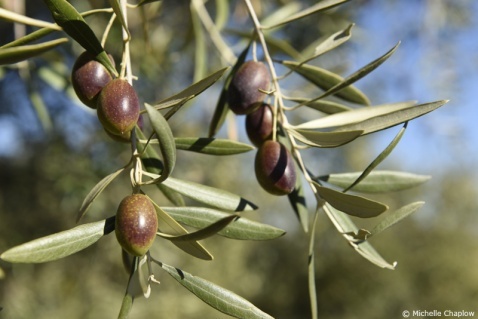
Looking down from a hot air balloon to the symmetrical patterns of the Andalucian olive groves |
|
Olive Groves
Driving through Andalucìa, it is easy to see that the most abundant crop throughout the Andalucìa and, in particular, Jaèn is the olive. In certain areas, tidy line after line of olive trees stretch for as far as the eye can see. In Jaèn more than 4.500 square kilometres is devoted to olive groves containing around 40 million olive trees. During an average year, these trees produce approximately 900.000 tonnes of olives, most of which are turned into some 200.000 tonnes of olive oil. In short, Andalucìa produces one-third of Spain's olive oil and a mighty 10% of that used in the entire world.
Olives are harvested from late November to January. Although there is some mechanisation, much of the job is still done by the traditional method, which is to spread a cloth or net beneath the tree and then beat it vigorously with sticks. On small olive groves this can involve the whole family and be quite a festive occasion. However, it is becoming more common that large olive groves are owned by just a few landowners.
Once harvested, olives are taken to mills where they are mashed into a pulp, which is then pressed and finally filtered. In recent years, up-to-date machinery and stainless steel vans have replaced the donkey driven presses squeezing the oil through esparto-grass mats, however donkeys are still used in a few of the smaller olive groves which remain family owned.

